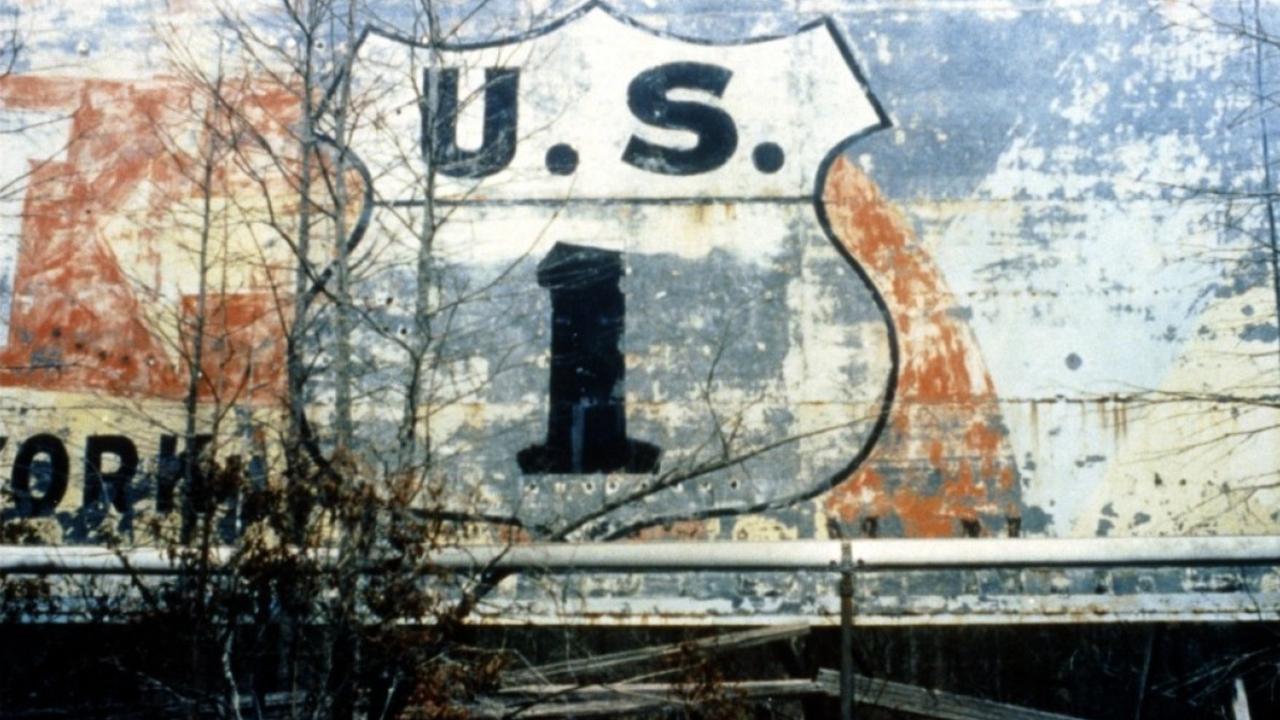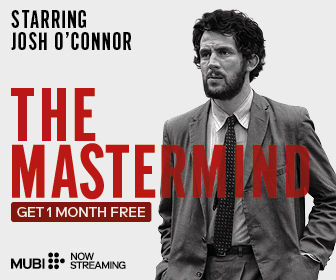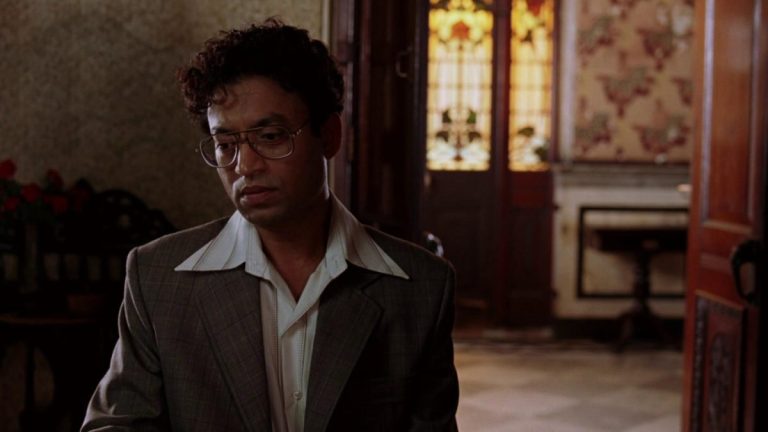To engage with Robert Kramer’s “Route One/USA” (1989) is to confront a cinematic engagement with the fragmentary nature of experience – one where the journey itself unfolds in an epistemology of rupture, continuously interrupted, where the conventional markers of narrative coherence and ideological resolution are neither sought nor attained. The film is not, strictly speaking, a road movie in the conventional narratological sense; rather, it is a materialist dérive structured not as a linear progression but as a wandering inquiry filtered through the lens of a quasi-documentary form. In this manner, the body moves through space, while the camera, positioned as observer rather than participant, registers the volatile residues of a nation. The very act of witnessing becomes a metaphysical exposure, a trace of America in its most fragile, fragmented state.
Shot over an extended temporal field, edited with a rhythm that privileges affective disruption over narrative clarity, “Route One/USA” adopts an ontological commitment to the seen—not merely as representation, but as an act of perceptual ontology. This is a phenomenology of vision itself, wherein the camera functions not as an instrument of direct representation, but as a porous membrane, bridging the gap between the diegetic world and a deeper, more primal state of national consciousness, unarticulated and pre-linguistic. The image in this context becomes not a signifier but a sensory event, an aperture through which the viewer might encounter a collective consciousness that lingers at the threshold of recognition.
At the center of this perceptual machine lies the figure of “Doc,” the cinematic cipher, a displaced ghost from a radical past inserted into a social body that can no longer recall its own wounds. Doc’s presence is carefully constructed – not in the Brechtian mode of alienation, but more akin to a specter – once real, epistemologically inconvenient, and haunting. He does not guide the viewer in his evocation of a vanished radicalism. He forces them to reckon with the past not as an object of history, but as an ongoing optical event, a recurrence that resists linearity.
The camera itself, restrained and inquisitive, moves through the spaces of America with a kind of anatomical precision, tracing the fractured contours of a nation’s nervous system. Each town it passes through is a fragmentary testimony to a dialectic of decay and persistence. A shuttered factory. A preacher standing on a desolate corner, or a woman’s voice filled with quiet conviction, speaking about abortion in the sterile light of a clinic. These moments are not narrative units but psychic apertures, fractures through which the deeper frequencies of collective subjectivity seep. The camera’s gaze as it navigates these fragments does not seek synthesis but rather resists it.
Indeed, there is no montage in the Eisensteinian sense; there is no synthesis, no dialectical third term to reconcile the disparate parts. The fragments remain irreducible, and their juxtaposition is not designed to clarify but to disorient; to approximate memory and trauma rather than any coherent analysis. The road, which is typically a signifier of journey or continuity, becomes here a non-site. Movement occurs, but it is not progressive; time accumulates, sedimenting in layers, rather than advancing.
Visually, the film adheres to a poetics of natural light, real time, and observational drift. It operates as an optical text or a site where the surface of the image carries a secondary, often oblique meaning that resists paraphrasing without risk of dilution. Each frame is treated not merely as a conveyance of content, but as a dense, unstable phenomenological field, where light does not merely illuminate but distorts. The banal becomes metaphysical; the windshield, a prism; the fluorescent glow of the clinic, an X-ray into the social body’s fractured interior. In this schema, optical truth is indexed not to clarity but to a vibration.

Explore More: 10 Great American Movies That Explore Nihilism
A flicker between presence and disappearance; a space between sight and meaning. What emerges, then, is a politicized vision that resists the immediacy of rhetorical didacticism in favor of a sensorial exposure. The political is not expressed through direct slogans or overt statements, but through an ethics of attention: the camera waits. It does not punctuate; it holds. It listens with its frame to the spaces between appearances. Where most images are tasked with offering immediate legibility, “Route One/USA” enacts resistance through slowness, through refusal, through accumulation. The American real is not captured in its immediacy but revealed gradually, often against the grain of intention.
There is an undeniable archival impulse embedded within the film, but it is not the archive of objective facts. Instead, it is the archive of affect, gesture, and voice. The verbal testimonies we hear of the displaced workers, the evangelists shouting into the void, the bureaucrats parsing policy in lifeless tones do not cohere into a political thesis. They form a palimpsest of affective regimes that have been absorbed and encrusted into the fabric of the landscape. These voices stand not as illustrations but as atmospheric textures deepening the grain of the image rather than clarifying its meaning.
In this regard, the very form of the film resists any effort to illustrate or summarize the issues it touches upon. Poverty, religion, mental health, labor, race, all appear, but always obliquely, through the untranslatable interval between appearance and presence. The result is a film that is radically horizontal: it flattens the hierarchies between image and meaning, sound and event, fiction and document. It asserts that all things must be seen at the same frequency – not to democratize meaning, but to fracture it, to expose its inherent disunity.
Even the film’s fictional frame, with the insertion of Doc as both anchor and rupture functions not as a scaffolding for narrative but as a formal irritant. His presence introduces a dialectic that never resolves. It remains between performance and actuality, between the embodied experience of the spectator and the embodied experience of the figure on screen. Doc, in this sense, is both the embodied trace of the filmmaker and the displaced conscience of the state, moving through the landscape like a phantom limb both remembered and amputated. Ultimately, the philosophical proposition of “Route One/USA” is not one of hope, but of attention.
The nation it traverses is not a unified whole, but a diffraction pattern, its identity fractured by regional decay, historical repression, and an increasingly fragmented imaginary. The camera does not attempt to reconcile this disintegration; rather, it documents it as a condition. The film does not offer a conclusion, but an engagement with a memory that resists recall, a strange optical residue – a flicker, a trace, a vibration that lingers behind the eyes long after the final frame.







